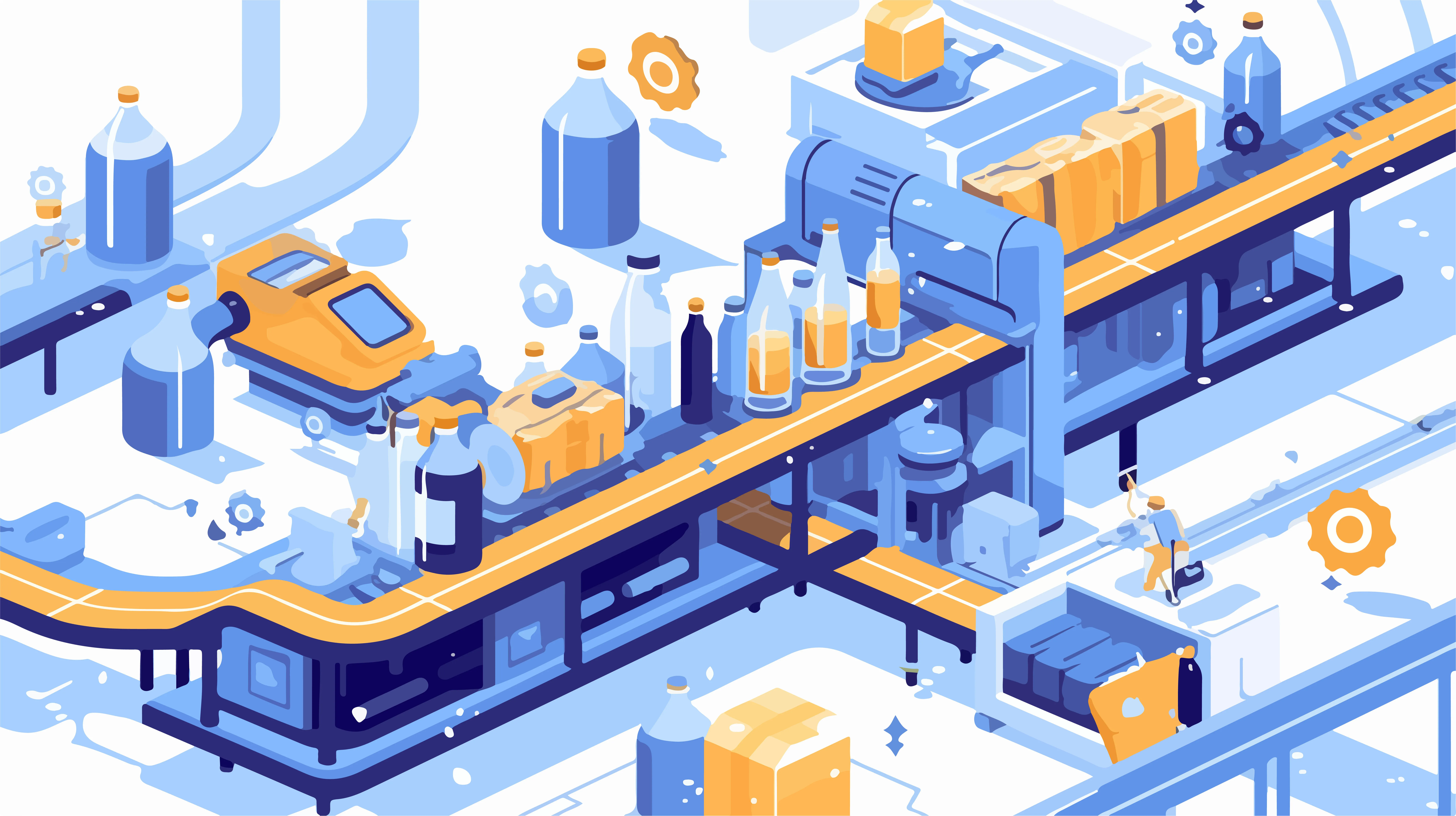Rapid technological advancements, changing preferences of consumers, and growing regulatory requirements are all driving changes in pharmaceutical packaging. In order to guarantee medication safety, improve patient compliance, and save the environment, packaging is essential. Let's examine the most recent worldwide trends influencing the materials and design of pharmaceutical packaging. To support this, the Pharma Packaging & Labelling Forum organized by World BI brings together suppliers and manufacturers, enabling them to find the ideal partners for their packaging and labelling needs.
Eco-Friendly Materials and Sustainability:
Every industry has made sustainability its top priority, and the pharmaceutical industry is no exception. To lessen their impact on the environment, businesses are embracing eco-friendly packaging options more and more. Some significant advancements in this field are:
- Biodegradable Materials: Blister packs and bottles are increasingly being made from plant-based polymers like polylactic acid (PLA).
- Recyclable Package: Mono-material package designs are becoming more popular among pharmaceutical businesses since they make recycling easier.
- Reduced Packaging Waste: To reduce material utilization, light weighting strategies and minimalist designs are being used.

Smart Packaging Technologies:
Technology and conventional materials are used in smart packaging to enhance patient outcomes and improve logistics. Among the notable trends are:
- IoT-Enabled Packaging: These connected packaging systems use sensors and chips to track medication compliance and give medical professionals real-time information.
- Interactive Labels: Using QR codes and NFC (Near Field Communication) technology, patients may use their smartphones to see educational movies and comprehensive medication information.
- Temperature Monitoring: The use of packaging that incorporates electronic sensors or thermo-chromic inks guarantees that medications that are sensitive to temperature stay in the proper storage conditions.
Patient Centric Packaging:
Pharmaceutical packaging is being created to improve adherence and usefulness as patient well-being becomes more and more important. Innovations in this field consist of:
- Senior-Friendly and Child-Resistant Designs: Packaging needs to combine children's safety with senior patients' ease of use. Push-and-turn caps and easy-pull blister packs are examples of solutions that are becoming commonplace.
- Dose Control Systems: Dose control systems, which lower the possibility of mistakes, include unit-dose packaging, auto-injectors, and pre-filled syringes.
- Accessible Packaging: Features that make packaging accessible of patients with impairments include braille, big text, and auditory directions.
Regulatory Compliance:
The design and material choices of pharmaceutical packaging are being influenced by strict requirements. Among the important factors are:
- Features that are Tamper-Evident: Tamper-proof seals and shrink bands are being used extensively to improve medication security.
- Track-and-Trace Solutions: In many areas, serialization and unique identifying codes are necessary to prevent counterfeiting and enhance supply chain legitimacy.
- Clean Labelling: In accordance with legal requirements, packaging must prominently show pertinent information, including medication names, dosing guidelines, and expiration dates.
Personalization & Customization:
Personalized package solutions are becoming possible because to developments in digital printing and manufacturing. These are particularly pertinent with regard to:
- Precision Medicine: Personalized healthcare is increasingly utilizing patient-specific labelling and instructions.
- Limited-Edition Campaigns: Distinctive styles for certain places or occasions encourage patient interaction and foster brand loyalty.
- Localized Packaging: Labels in many languages and styles that are appropriate for different cultures guarantee accessibility worldwide.
Innovative Materials & Formats:
Pharmaceutical packaging is being revolutionized by new materials and creative layouts. Among the examples are:
- The Evolution of Blister Packaging: Improvements in high-barrier films and cold-form foil improve medication safety.
- Flexible Packaging: Stick packs, pouches, and sachets are convenient, portable, and perfect for consumption while on the go.
- Glass Substitutes: Traditional glass containers are being replaced by syringes and vials made of break-resistant polymers.
Focus on Digital Transformation:
Designing, manufacturing, and distributing pharmaceutical packaging is changing as a result of digitalization. Important trends consist of:
- Augmented Reality (AR): Interactive experiences offered by AR-enabled packaging help patients take their drugs as prescribed.
- Cloud-Based Solutions: Real-time supply chain and packaging production monitoring is made possible by digital platforms.
- Digital Twins: Package line virtual models aid in efficiency and design optimization.
Cold Chain Innovations:
As biologics and vaccines have grown in popularity, keeping the cold chain intact has become essential. Innovations in packaging in this field include:
- Insulated Containers: Vacuum-insulated panels and cutting-edge materials provide temperature stability.
- Phase-Change Materials (PCMs): These substances keep their temperatures constant while in transit.
- Real-Time Tracking: IoT devices in cold chain packaging ensure regulatory compliance by providing temperature and location updates.

Emphasis on Aesthetics & Branding:
Pharmaceutical packaging has evolved into a potent branding tool in addition to being useful. Businesses are spending money on:
- Sleek Designs: Brand perception is improved by contemporary, minimalistic aesthetics.
- Color Psychology: Product advantages are communicated and emotional reactions are evoked via the thoughtful use of color on packaging.
- Premium Packaging: To highlight the premium character of high-value drugs, premium materials and finishes are employed.
Future Prospects:
Packaging will be essential in tackling new possibilities and difficulties as the pharmaceutical sector innovates further. Focus areas will probably include:
- Models of the Circular Economy: Packaging design will increasingly incorporate recycling and material reuse.
- Nanotechnology: Materials and coatings using nanotechnology may provide better defense against light, moisture, and contamination.
- Automation and Robotics: Automated production lines and smart factories will increase the scalability and accuracy of packaging.
World BI Pharma Packaging & Labelling Conferences:
Innovations in technology, patient-centricity, and sustainability are all driving major changes in the pharmaceutical packaging industry. The industry can guarantee safer, more efficient, and ecologically conscious packaging solutions by adopting these trends. Even more advancements are anticipated in the future, opening the door to a healthcare ecosystem that is more interconnected and sustainable. Exclusive gatherings are organized by the Pharma Packaging & Labelling Conference, which provides a platform for distinguished leaders, Artwork Professionals, and Industry experts from different companies to come together with the common goal of promoting worldwide knowledge.
For more information, kindly visit World BI.